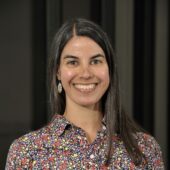Planet Formation, Planet Dynamics, Protoplanetary Disks
Image Credit: NASA/JPL-Caltech/T. Pyle (SSC)
Since the discovery of the first exoplanet just over twenty years ago, the study of exoplanets has grown explosively. By now, astronomers have discovered thousands of exoplanets, with an incredibly diverse array of properties. This growth will undoubtedly continue into the future, as new kinds of planets are being observed with increasingly advanced telescopes. Faculty in CIERA study exoplanets theoretically and build instruments to directly image them.
Research at CIERA
The groups of Professors Rasio and Lithwick carry out theoretical work and simulations to study the long-term dynamics of planetary systems. Both groups study the chaotic dynamics of multi-planet systems as they evolve. Professor Rasio’s group also studies planet-planet interactions, star-planet interactions and tidal disruptions, and planets in binary star systems.
Professor Ulmer’s group is developing new infrared camera technology to advance our understanding of planetary systems by directly imaging planets around other stars.
Professor Wang’s group works on developing and using new instrumentation (high contrast imaging, high resolution spectroscopy, optical interferometry) to study directly imaged planetary systems and measure properties such as mass, orbital configuration, composition, and spin.
Professor Geller studies how gravitational interactions within star clusters can modify planetary systems over time, using numerical simulations, and how these simulated planets correspond with observations.
Professor Lecoanet studies flows in stars, as well as tidal interactions between planets and stars.
Opportunities
Deadline: 11:59pm, January 30, 2026
Our Research Experiences for Undergraduates (REU) program provides students with the opportunity to pursue an astrophysics-based interdisciplinary research project in collaboration with Northwestern University faculty in: Astronomy Applied Math Chemistry Earth and Planetary Science (EPS) Electrical Engineering and Computer Science (CS) and/or Physics. The program includes computer programming and science communication workshops, research talks, educational
Deadline: 11:59pm, March 9, 2026
REACH (Research Experiences in Astronomy at CIERA for High School Students) is a highly interactive, in-person 3-week program (with an optional 3-week extension) that provides high school students experience with astronomy research in an atmosphere of team-style learning, hands-on training, and mentorship from professional scientists. Students enrolled in the program engage in astronomy research projects with
Deadline: 11:59pm, December 31, 2026
Image Credit: Carl Knox / OzGrav / Swinburne University CIERA supports a wide range of interdisciplinary projects focused on research, education, and public outreach in Astrophysics. Our faculty and postdocs work on projects that couple astronomy and astrophysics analysis with many other disciplines: computer science, applied math, planetary sciences, electrical engineering, mechanical engineering, data science,
News


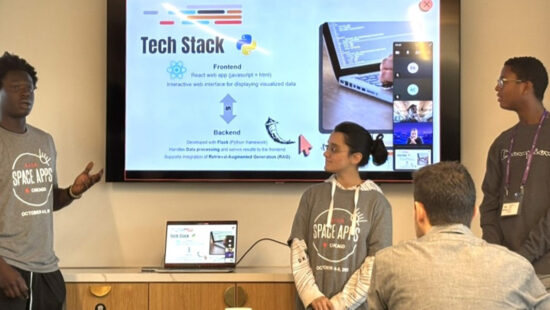
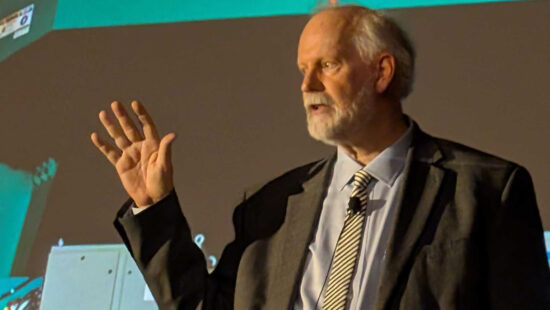
Gallery

Rare image of Tatooine-like planet is closest to its twin stars yet
Rare image of Tatooine-like planet is closest to its twin stars yet
Northwestern University astronomers have directly imaged a Tatooine-like exoplanet, orbiting two suns
- Science
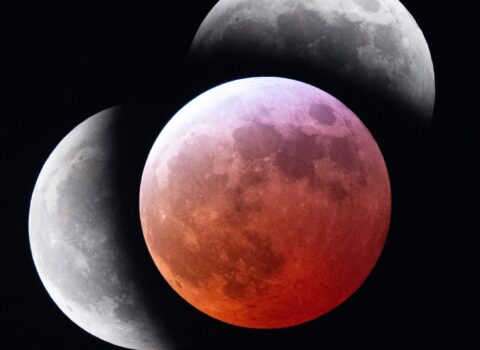
Three Phases of the Eclipse
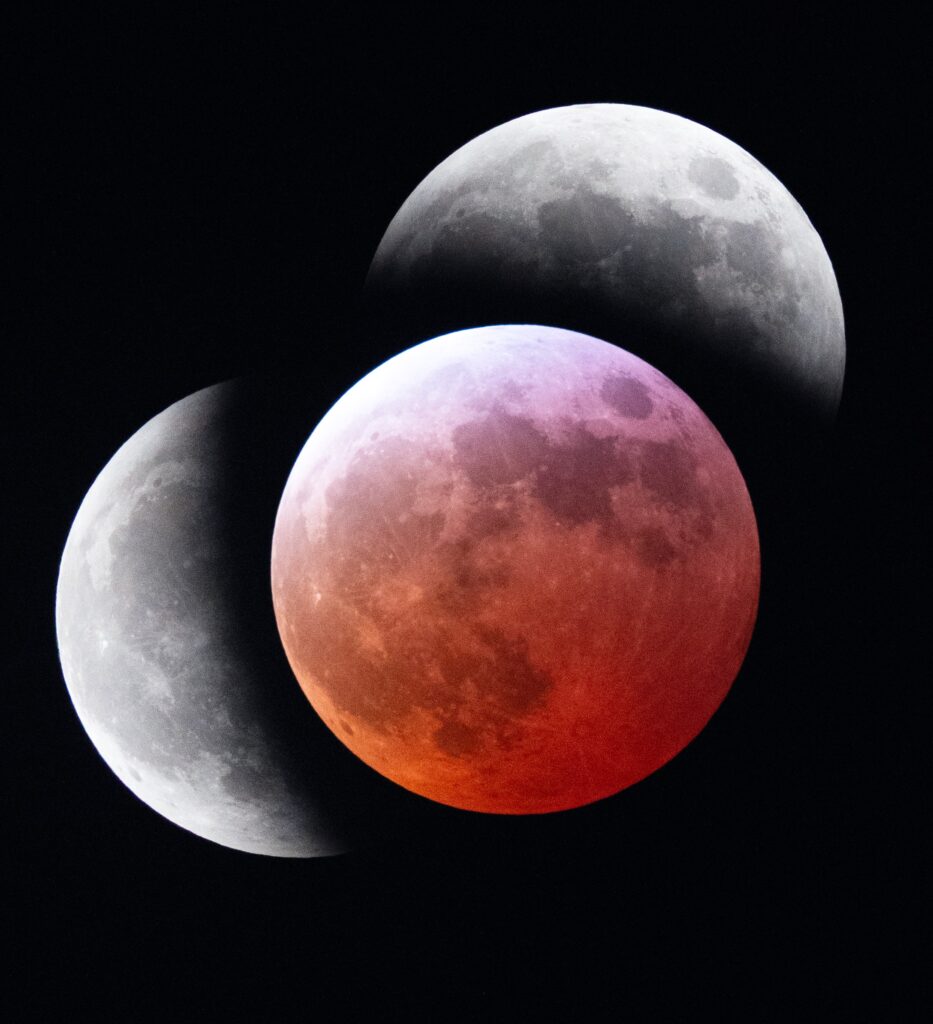
Three Phases of the Eclipse
The blood moon was visible during a total lunar eclipse, when Earth cast its shadow over the moon. This photo was taken by CIERA graduate student Imran Sultan, amateur astrophotographer and member of Professor Claude-André Faucher-Giguère‘s research group. Sultan photographed the entire event, which lasted about four hours early Friday morning (12-4am), using a refractor
Imran Sultan/Northwestern/CIERA
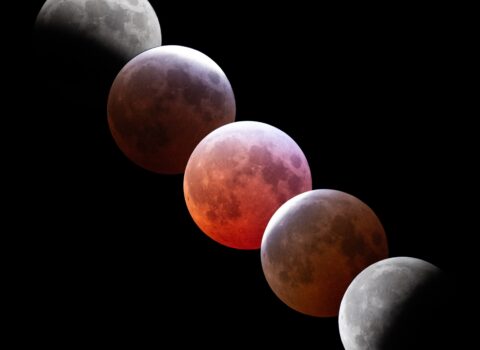
Phases of the Eclipse
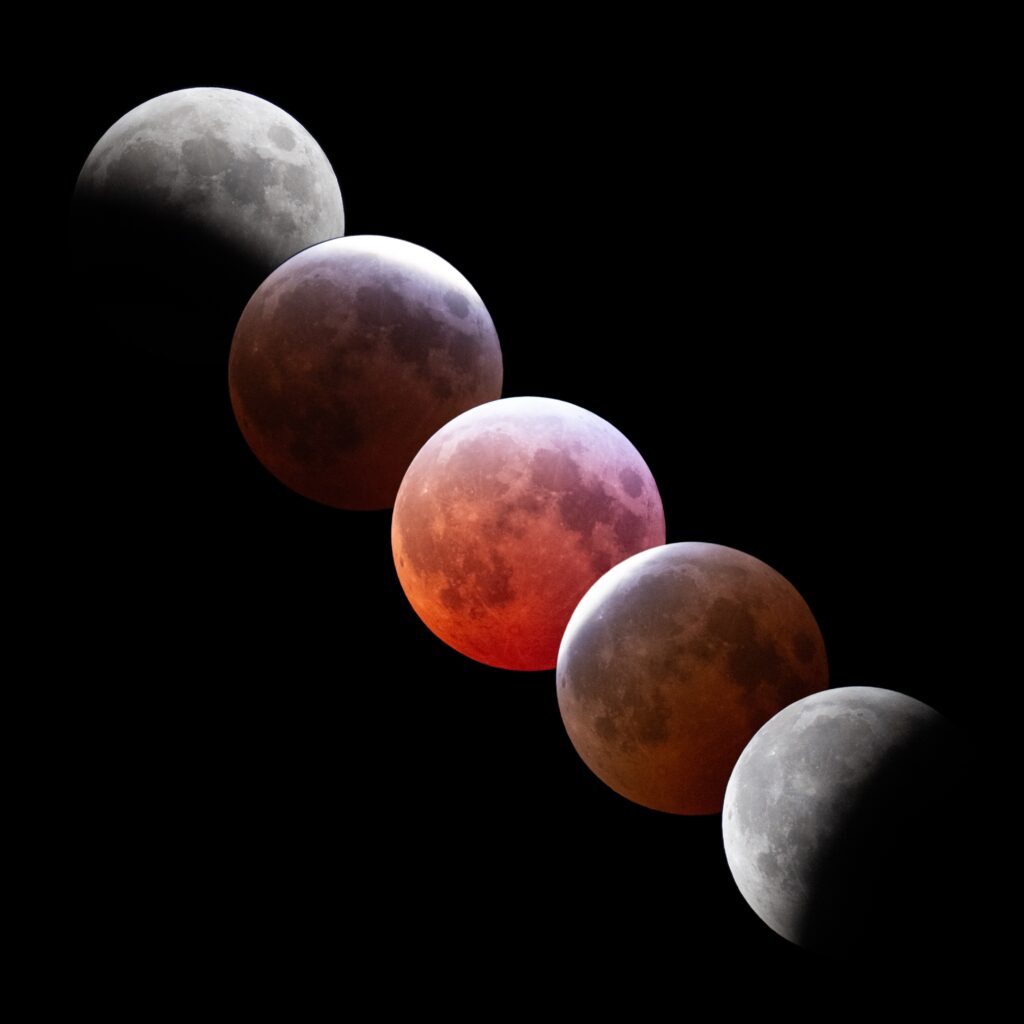
Phases of the Eclipse
The blood moon was visible during a total lunar eclipse, when Earth cast its shadow over the moon. This photo was taken by CIERA graduate student Imran Sultan, amateur astrophotographer and member of Professor Claude-André Faucher-Giguère‘s research group. Sultan photographed the entire event, which lasted about four hours early Friday morning (12-4am), using a refractor
Imran Sultan/Northwestern/CIERA
- Science
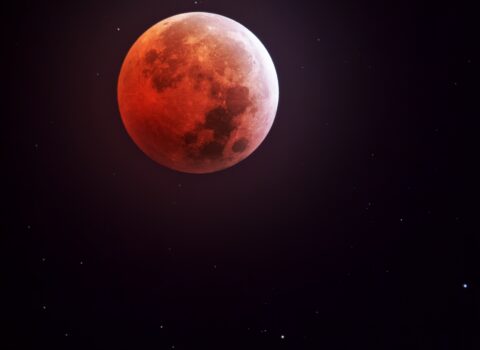
Blood Moon
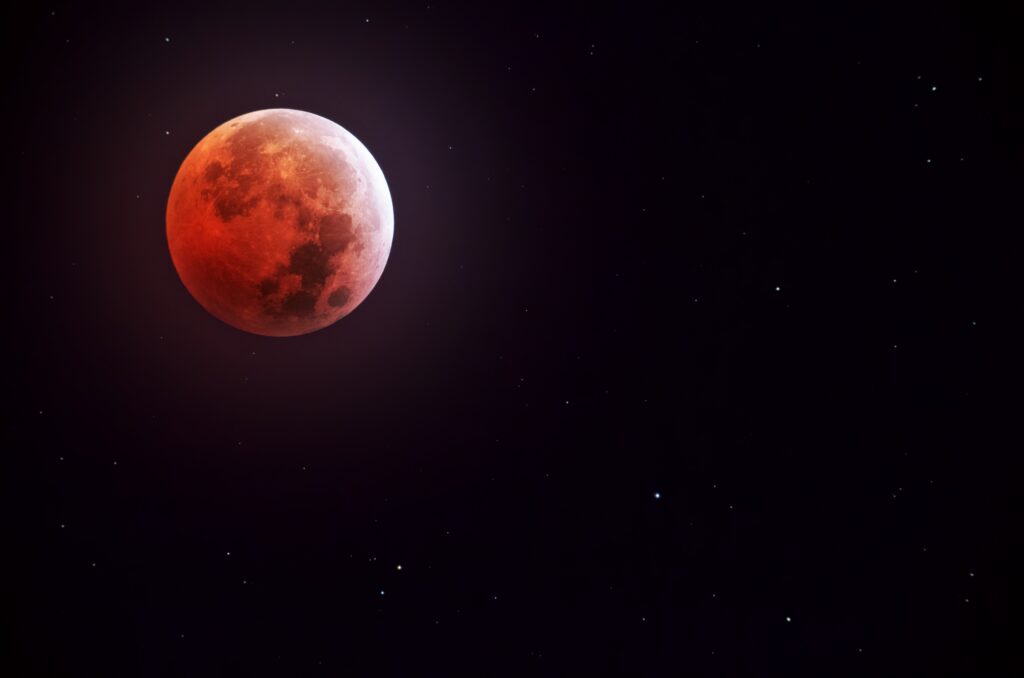
Blood Moon
The blood moon was visible during a total lunar eclipse, when Earth cast its shadow over the moon. This photo was taken by CIERA graduate student Imran Sultan, amateur astrophotographer and member of Professor Claude-André Faucher-Giguère‘s research group. Sultan photographed the entire event, which lasted about four hours early Friday morning (12-4am), using a refractor
Imran Sultan/Northwestern/CIERA
- Science
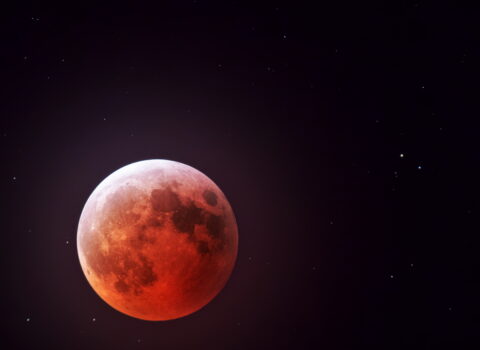
Blood Moon
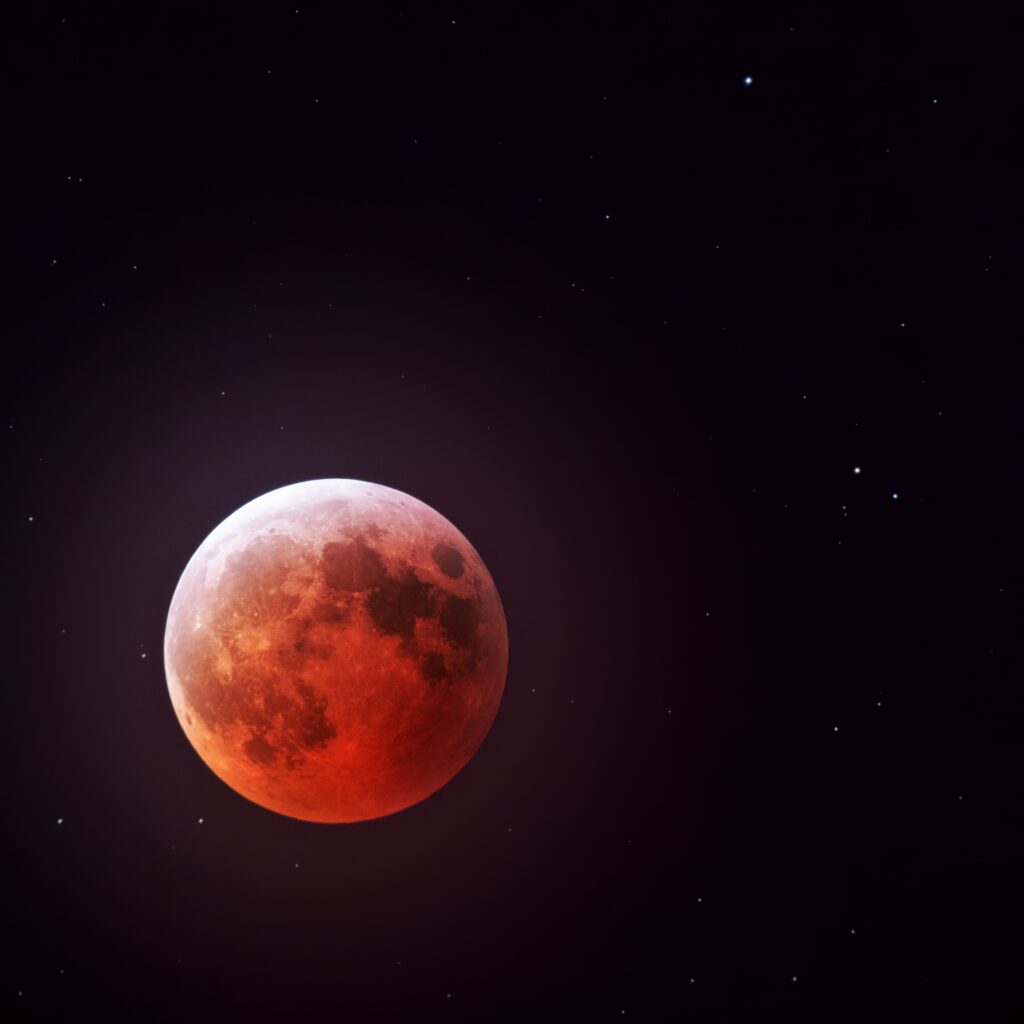
Blood Moon
The blood moon was visible during a total lunar eclipse, when Earth cast its shadow over the moon. This photo was taken by CIERA graduate student Imran Sultan, amateur astrophotographer and member of Professor Claude-André Faucher-Giguère‘s research group. Sultan photographed the entire event, which lasted about four hours early Friday morning (12-4am), using a refractor
Imran Sultan/Northwestern/CIERA
- Science
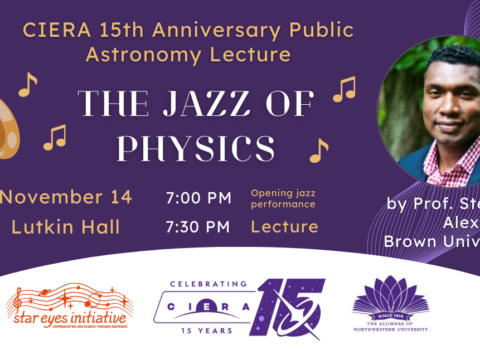
2024 CIERA public lecture – “The Jazz of Physics” with Stephon Alexander
2024 CIERA public lecture – “The Jazz of Physics” with Stephon Alexander
On November 14, over 300 people packed Northwestern University’s Lutkin Hall to join Professor Stephon Alexander in a celebration of The Jazz of Physics for CIERA’s 15th anniversary public lecture. Over 100 others joined the livestream for an evening that began with a live jazz performance from the Star Eyes Initiative, followed by Prof. Alexander’s public lecture, and concluded with a
- Interdisciplinary,
- Outreach,
- Event
People
Core Faculty

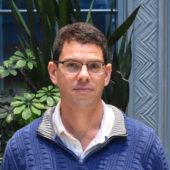




Associate Faculty



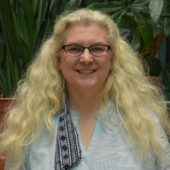
Suzan van der Lee
Sarah Rebecca Roland Professor, Director of Graduate Studies, Director of Computing
Affiliate Faculty

Neal Blair
Professor, Joint Appointment in Civil & Environmental Engineering

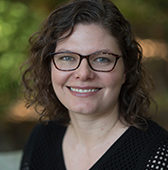
Magdalena Osburn
Associate Professor, Curriculum Chair, and Seminar Coordinator
Visiting Scholars

Diego Muñoz
Assistant Professor, Northern Arizona University
Postdocs




Graduate Students
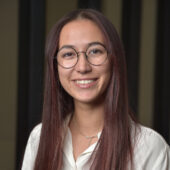
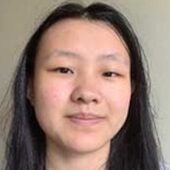




NU SkAI Personnel
